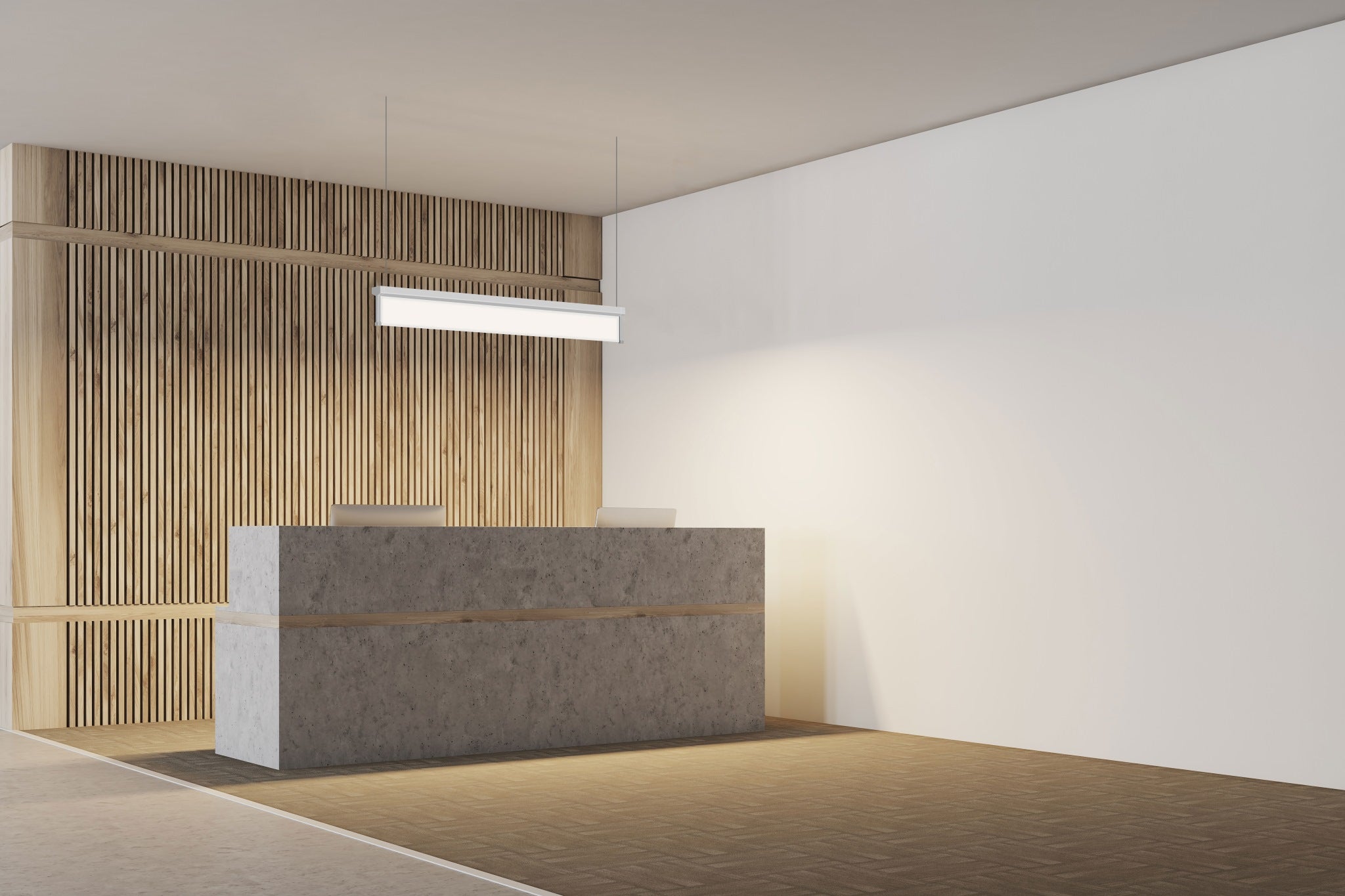Motion sensors have revolutionized LED lighting by making it smarter, more efficient, and adaptable to a wide variety of environments. Whether you are upgrading lighting in a warehouse, office, residential property, or commercial facility, understanding how motion sensors work—and which type to choose—can save energy, improve safety, and provide the convenience of hands-free operation.
Motion sensors for LED fixtures are widely used in modern lighting systems to automatically control lights based on movement. This not only reduces energy wastage but also adds an extra layer of security and comfort. At our store, we offer an extensive range of motion sensors, from compact units for small rooms to robust solutions for expansive industrial environments. Discover our latest models in the sensors collection here: Motion Sensors for LED lighting.
Why Choose LED Lights with Motion Sensors?
- Energy Efficiency: Lights only turn on when needed, dramatically lowering electricity consumption for businesses and homeowners alike.
- Security and Safety: Motion-activated lighting deters unauthorized access and minimizes dark, hazardous areas around properties.
- Convenience: Automatic activation and shut-off means less manual switching, ideal for high-traffic zones, storage rooms, and hallways.
Two Main Types of Motion Sensors
When shopping for motion sensor LED lights, the two most common sensor technologies are PIR (Passive Infrared) and Microwave sensors.
| Feature | PIR Sensor | Microwave Sensor |
|---|---|---|
| How it works | Detects heat (infrared radiation) from people or animals | Emits microwaves, senses reflected signals disrupted by movement[5][8] |
| Sensitivity | Good for confined spaces, less prone to false alarms | Extremely sensitive, covers large spaces, penetrates non-metallic surfaces[5][9] |
| Common uses | Offices, homes, hallways, smaller rooms | Warehouses, parking lots, open-plan spaces, challenging layouts[5] |
| Pros | Lower power consumption, fewer false triggers | Detects subtle motion, works behind obstacles[5][8] |
| Cons | Might miss slow or small movements, limited coverage area | More energy use, can be prone to false alarms from minor movements[5][9] |
How Do Motion Sensors Work in LED Lights?
Both PIR and Microwave sensors are integrated into LED fixtures, acting as the eyes of your lighting system:
- When someone enters the sensor’s detection zone, it immediately triggers the light to turn on.
- Advanced models allow you to adjust sensitivity, coverage area, and how long the light stays illuminated after motion ceases.
- Motion sensors enable “set and forget” efficiency in lighting control, especially where frequent manual operation is impractical.
Choosing the Right Sensor for Your Needs
- For small offices, homes, and confined areas: PIR sensors are generally best due to their targeted detection and reduced false alarms.
- For warehouses, open-plan facilities, or locations where movement must be detected through partitions: Microwave sensors are preferred for their wider coverage and ability to sense motion through non-metallic materials.
- Consider the required sensitivity, range, and installation environment to select the optimal motion sensor for your LED lighting project.
Explore Our Motion Sensor Collection
We provide a variety of motion sensors—both PIR and Microwave—to suit any LED lighting application. Every model is designed to maximize energy savings without compromising performance. View our full selection and find the perfect match for your needs at:
Motion Sensors for LED lighting.
Smart LED lighting starts with the right motion sensor. For expert guidance or product recommendations, contact our team today to illuminate your space efficiently and securely securely.







